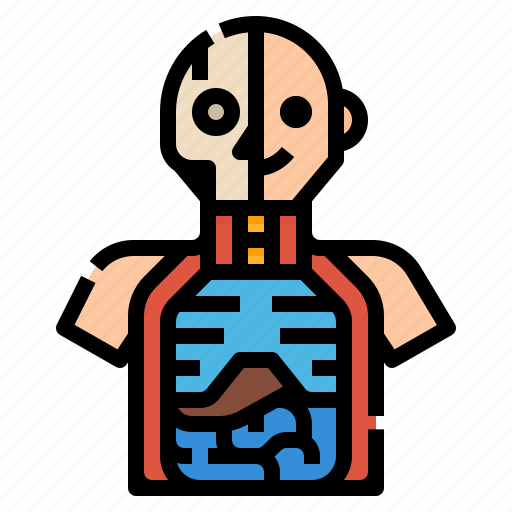If you have a question about the brain, then a good question to ask is this: What is the relationship between brain size and intelligence? The size of the human brain can vary greatly depending on the individual. There are some people that have brains that are very small and others that are extremely large. This means that there will be a lot of variation in brain size and intelligence.
Of course, one of the best ways to determine the size of the human brain is through brain scans. Brain size can be determined by taking brain scans and then finding out what part of the brain is the largest. Some people may have very large portions of their brain that doesn’t play a significant role in cognitive function.
For example, consider someone that has a large portion of the brain devoted to the memory center. However, the rest of their brain only makes up about ten percent of their brain’s overall size. You would think that this person would have a high IQ score. After all, they would be able to recall information quickly and accurately.
However, what if the portion of the human brain that makes up the memory center was large because of the large portion of the brain devoted to it? The person with the large memory would have a very high IQ score. On the other hand, if the memory center was small, this person would have an average or even below average IQ score.
Another question that often requires a person to know a little about human anatomy is this: What do the arteries and veins in your body do? Blood carries oxygenated blood from the lungs to the muscles and organs in the body. When the muscle tissue needs oxygenated blood, it uses arteries and veins to transport the blood. The arteries and veins help to keep the blood flowing in and out of the body.
Some of the major blood vessels include the major blood vessels in the heart, the blood vessels in the brain, the blood vessels in the spleen, the blood vessels in the liver, and the blood vessels in the kidneys. In addition to these, there are smaller blood vessels that carry the nutrients to the various parts of the body. These smaller vessels include the lymph nodes, the spleen, the kidneys, the skin, and the heart valves.
If you want to learn more about human anatomy and how it relates to medicine, then this is one of the best questions to ask. Many of the answers that you will find can be found in books, magazines, and even on the internet. There are also many online videos that can teach you more about human anatomy.
One of the most important facts that you can learn about human anatomy is that the human heart is made up of three separate chambers. This means that you must know what the different chambers do for a complete understanding of how your heart works. There are four chambers that make up the heart.
The right side of the heart consists of a group of four chambers called the atrioventricular chamber, atria, ventricles, and interstitium. The left side of the heart consists of five chambers, which are also known as the atrioventricular and atrium.
One of the main functions of the heart is that it pumps blood through the body and it also gives off oxygenated fluid. This fluid is called hypotension, which is used by the brain for blood circulation.

